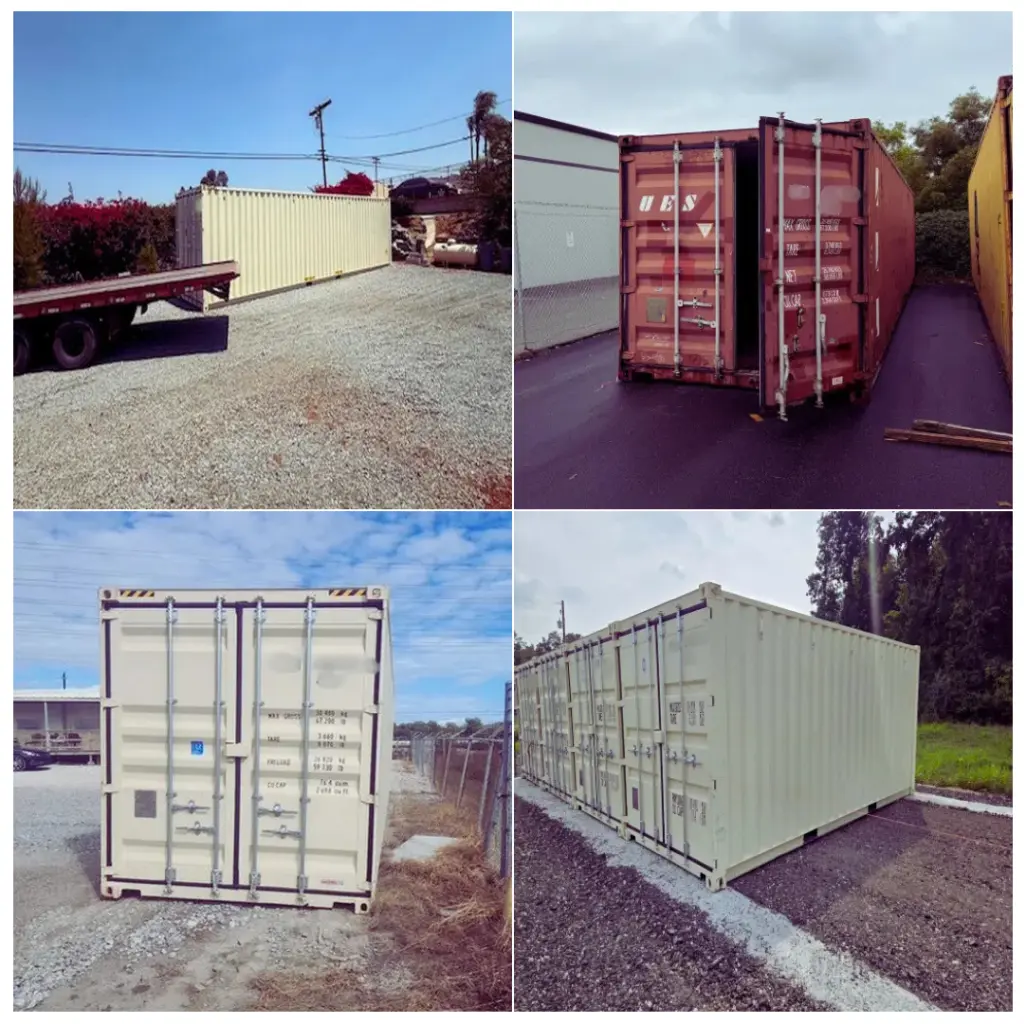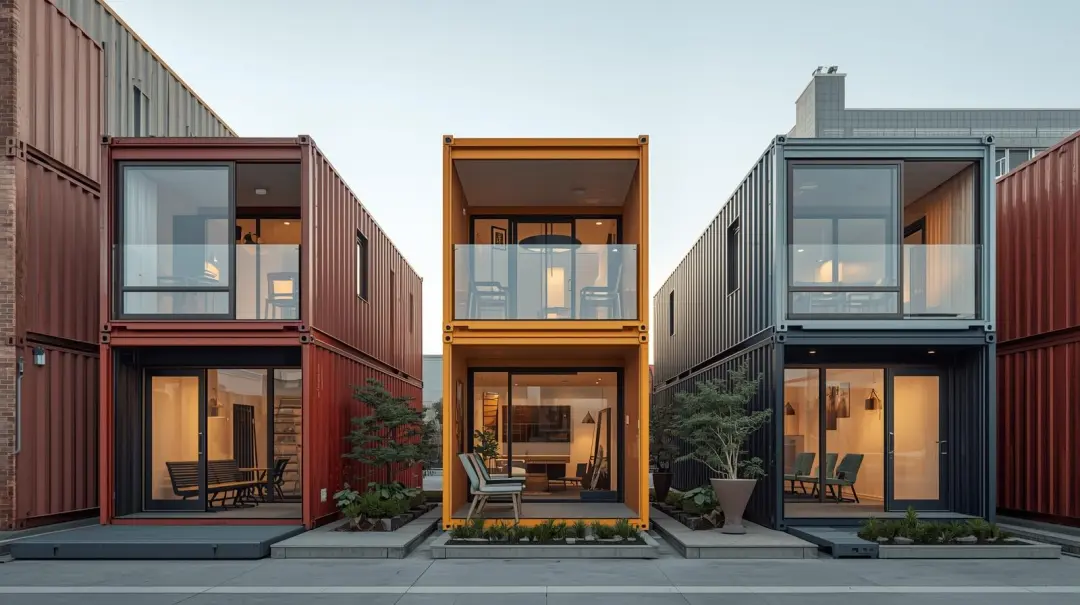When it comes to shipping and storage, understanding the differences between high cube and standard shipping containers is crucial. High cube containers offer an additional foot of height compared to standard models, making them ideal for cargo that requires extra vertical space. This article explores the key differences between high cube and standard containers—including their dimensions, benefits, and best use cases—to help you choose the right container for your needs.
In logistics, the choice between a high cube and a standard shipping container can significantly affect efficiency and cost. High cube containers are typically 40 feet long with a height of 9.5 feet, compared to the standard 8.5 feet. This extra foot allows for more cubic storage space, which is especially useful for businesses handling bulkier items. In this guide, we’ll break down the dimensions, advantages, and applications of both container types to help you make an informed decision.
Standard Shipping Containers: Dimensions and Uses
What Is a Standard Shipping Container?
A standard shipping container is usually 20ft or 40ft long and 8.5 feet high. Designed to carry a wide range of cargo, it offers durability and security during transport. With consistent dimensions, these containers efficiently handle diverse shipping needs, making them a popular choice for businesses worldwide.
Key Features of Standard Containers
Standard shipping containers are built to last, featuring robust steel construction that withstands harsh weather conditions. They are widely used in international shipping, offering flexibility in loading and unloading cargo. Their uniform size ensures compatibility with logistics networks, making them a reliable option across industries.
When to Use a Standard Shipping Container
Choose a standard container when your cargo is stackable and doesn’t require extra height. These containers are often more cost-effective for smaller loads, making them ideal for businesses with specific shipping needs. Their versatility also makes them suitable for both shipping and storage purposes.
High Cube Shipping Containers: Added Height and Capacity
What Is a High Cube Container?
A high cube container is similar in length to a standard one but stands at 9.5 feet high—one foot taller. This added height translates to greater internal volume, making it an excellent option for businesses that need to maximize their storage or shipping capacity.
Key Features of High Cube Containers
High cube containers share the same durable steel construction as standard models but offer enhanced vertical space. This makes them ideal for transporting tall or bulky items. The extra height also allows for better organization of goods, making loading and access more efficient.
When to Use a High Cube Container
Select a high cube container when your cargo includes oversized items or requires vertical stacking. These containers are especially useful in industries such as furniture, machinery, and electronics, where additional height improves storage and transport efficiency.
Shipping Container Sizes and Dimensions
Understanding Container Dimensions
Shipping container dimensions are key to selecting the right type for your needs. A standard 40-foot container stands 8.5 feet high, while a 40-foot high cube reaches 9.5 feet. This one-foot difference can influence shipping costs and determine the type of cargo you can safely transport.
Comparing High Cube and Standard Container Dimensions
The added height of a high cube container offers greater flexibility for specialized cargo. While standard containers meet most general shipping needs, high cubes are better suited for larger or more complex loads. Understanding this height difference helps you optimize your cargo space and ensure safe transport.
Choosing the Right Size for Your Shipping Needs
Your choice ultimately depends on your cargo requirements. If your items fit comfortably within a standard container, that option is usually more cost-effective. However, for taller or bulkier cargo, a high cube container provides the additional space you need.
Key Differences Between High Cube and Standard Shipping Containers
Height and Capacity
The most notable difference between standard and high cube shipping containers is their height. High cube containers provide an extra foot of vertical space, translating to a meaningful increase in cubic storage capacity. This additional room is especially valuable for businesses with specialized cargo needs.
Cost Considerations
High cube containers generally cost slightly more to rent or purchase than standard models. However, their added capacity can reduce overall shipping costs by allowing more efficient packing and transportation.
Best Use Cases
Knowing the key differences between high cube and standard containers helps businesses choose the most suitable option. High cubes are ideal for large or tall cargo, while standard containers work best for compact shipments. Selecting the right container streamlines logistics and improves operational efficiency.
Conclusion
Choosing between high cube and standard shipping containers is essential for optimizing your storage and transport operations.
- High cube containers: Ideal for larger or taller cargo requiring extra height.
- Standard containers: Reliable, versatile, and cost-effective for everyday shipping needs.
At Four Sons Logistics, we offer a wide selection of new, used, and refurbished shipping containers, along with expert guidance on site prep and delivery. Explore our shipping containers for sale and request a free quote today to find the best fit for your project.
___
Featured image credit: Pat Whelen / Unsplash



